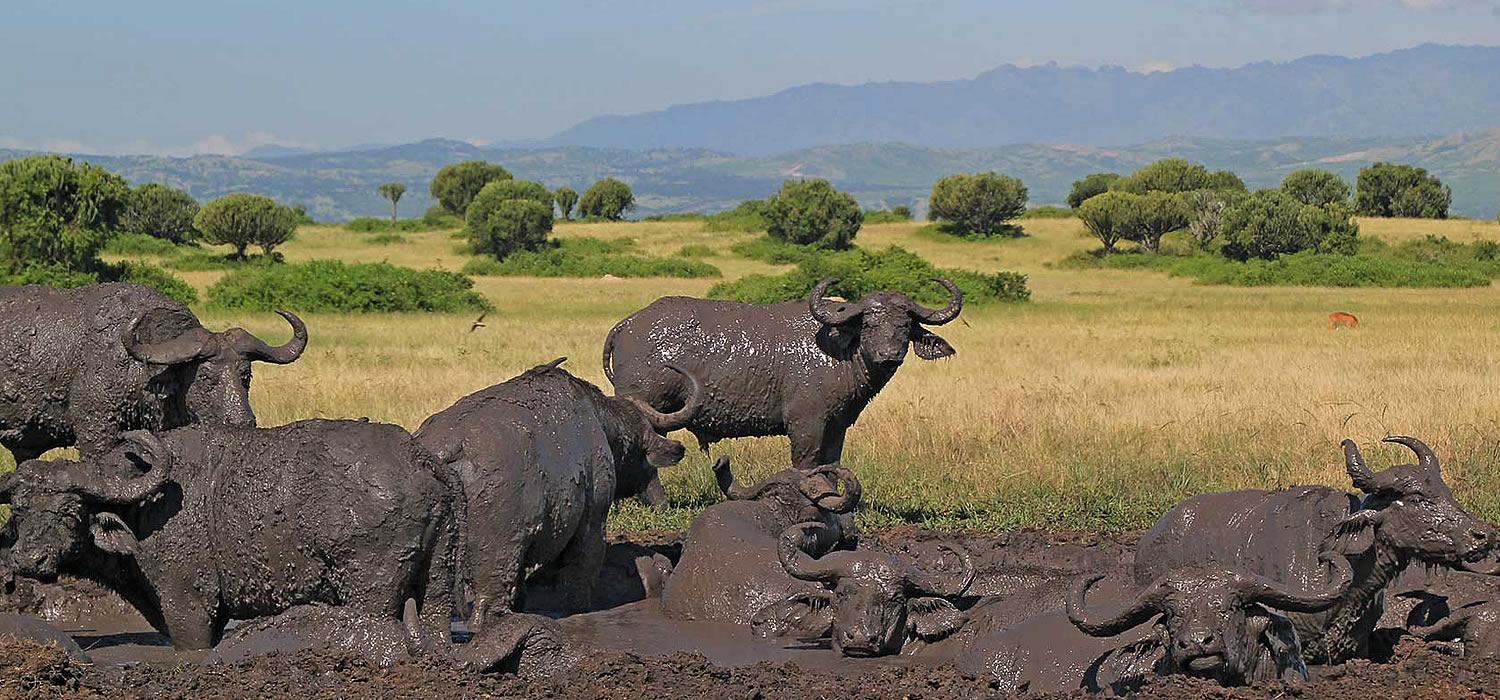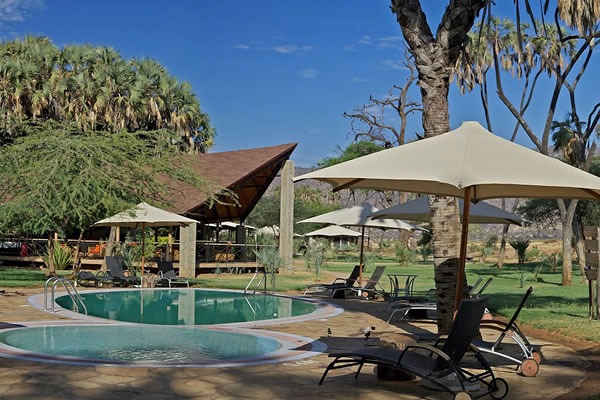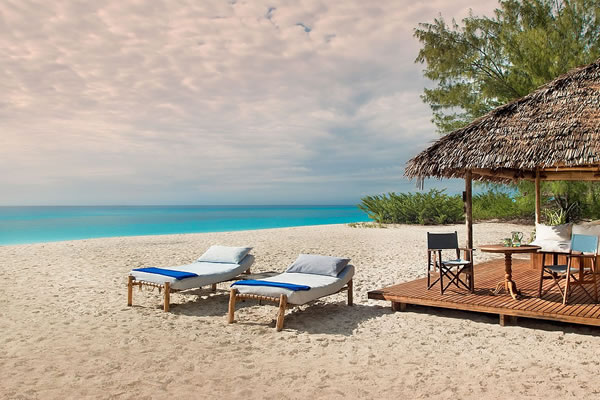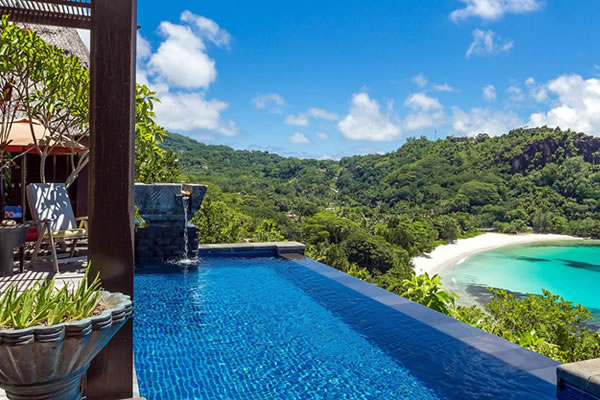

Queen Elizabeth National Park is one of the most visited National Park due to its location between and closer to National Parks such as Bwindi Impenetrable National Park, Rwenzori National Park an Kibale National Park. It is the second largest National Park after Murchison Falls National Park and stretches to about 1,978 square kilometers. Queen Elizabeth National Park is Uganda’s most popular National Parkand certainly one of its most scenic. It stretches from the crater-dotted foothills of the Rwenzori ranges in the north, along the shores of Lake Edward to the remote Ishasha River in the South, incorporating a wide of variety of habitats that range from savanna and wetlands to gallery and lowland forest.The lush savannah of Queen Elizabeth National Park offers prime grazing to buffaloes, elephants, various antelopes and a checklist of over 600 bird species. Queen Elizabeth National Park is home to the tree climbing lions commonly spotted in the southern sector of the park popularly referred to as Ishasha. It is home to over 600 hundred species of birds including migratory birds from Europe. Kazinga channel boat cruise remains one of the highlights of the park as several animals such as hippos, elephants, birds among other can be spotted with easy.
Mweya area of Queen Elizabeth National Park, is rich with wildlife including warthog, water buck, bush buck, leopard, Ugandan kob, elephants, countless bird species and even the rare giant forest hog. In the Mweya sector of the park, visitors will find vast numbers of Uganda’s unique and strange Euphorbia, or “candelabra” tree. The many nearby crater lakes and mountain ranges provide a beautiful backdrop for your journey. While in Queen Elizabeth National Park, enjoy a leisurely boat cruise along the Kazinga Channel which has the highest concentration of hippos in the whole world. Over 600 species can be spotted by kin birders on a good day and it is recorded that Kazinga channel is the widest natural water channel in the whole world as well. On your two hour boat cruise, you may encounter herds of elephant, buffalos and antelopes, families of warthogs, large groups of hippos, and crocodiles basking on the shore. Kazinga’s shores are a haven for numerous birds, including many migratory species as they make their way south to warmer climates. The cruise also provides a spectacular view of the beautiful Mweya Peninsula and life in local fishing villages set along the banks.
Copyright © Viagens Africa Safaris . All rights reserved.| Design by Khaizen Solution.





